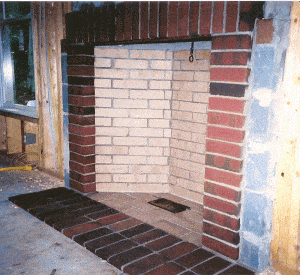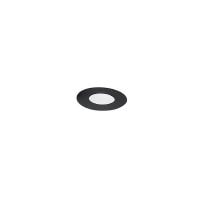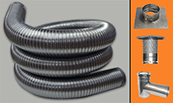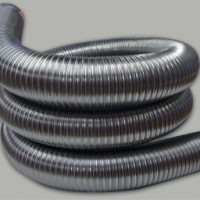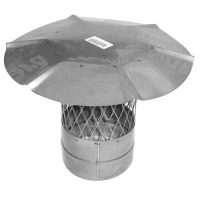History of Fireplaces
We will discuss, not the modern fireplace as we know it, but rather the well-known and old style, authentic fireplaces, made of brick, mortar and stone. These original fireplaces were known from old Bronze ages, about 2500 years before Jesus Christ. They were originally from the Alps region and we consider them to be forerunners of fireplaces we have today. Basically, the design stayed the same for thousands of years, until the invention of the chimney. Chimneys were originally found in Italy (about 10-th century) for the first time and continued evolving until about the 14-th century.
Fireplaces as we know them today
Fireplaces, as we know them, have been used from about the second half of 19-th century. These fireplace were the main source of heat for the homes. They were generally built in the middle of the home and were made with large openings. The way they were able to heat there home was radiant heat. The walls of the inside of the fireplaces were made of brick or stone. Usually these walls were angled towards the back at approximately a 45 degree angle. This way the bricks and stones heat up and radiant the heat into the room.
Why do modern fireplaces not heat the home?
Today people are looking for convenience. If it fast and easy, it sells. The same is with fireplaces. To build a real fireplace that heats the home, one that is made from brick and mortar, requires more time and money. So to reduce the time in building fireplaces, and hence the cost, there now exist per-fabricated metal fireplaces. These are metal boxes that are set into place and built around. The metal is not nearly as good of a material to absorb and reflect the heat back into the home. So today many people try to heat there home with metal fireplaces, but it just doesn’t work. The best thing to do if you have a metal fireplace and want to heat your home with wood, is to install a wood burning fireplace insert stove. The fireplace insert is designed to give you heat. Fireplaces that have an insert installed, are required to be attached to an insulated stainless steel chimney liner.

